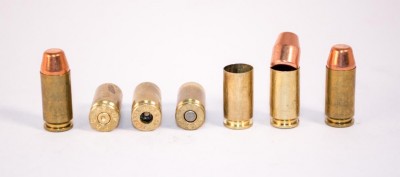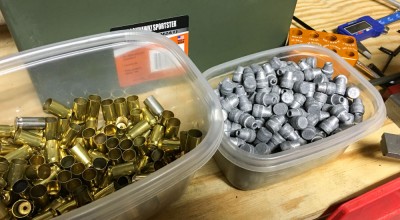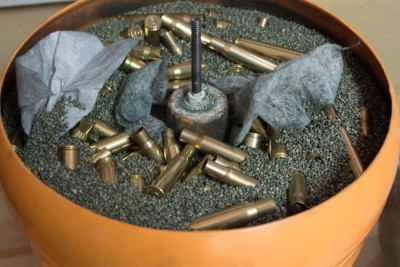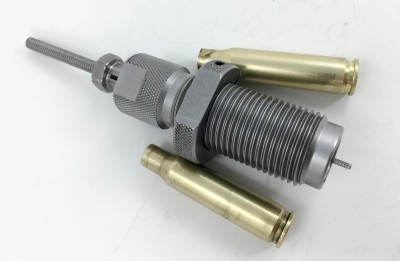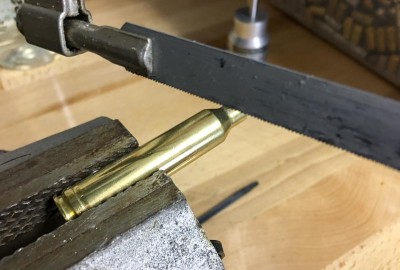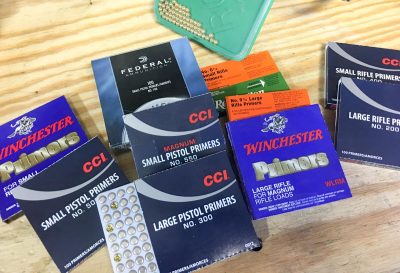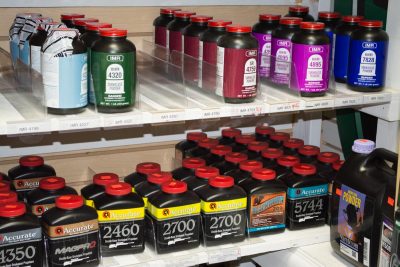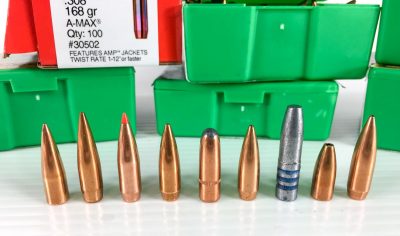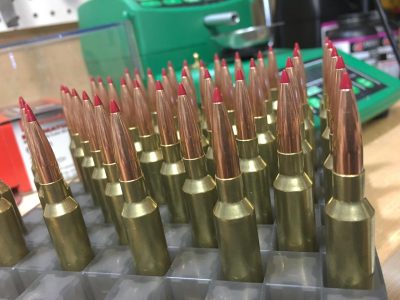If you shoot handguns regularly and you are not already a reloader, you have almost certainly considered becoming one. If you are an experienced shooter, then this is probably something you consider on a regular basis and just haven’t decided if it is right for you. And if you are a relatively new shooter, you probably have a lot of questions about it. In both cases, it can seem overwhelming. Let’s try to address some of the common questions, think about who should and shouldn’t do it, and take away some of the mystery. To keep things simple, I am going to focus only on handgun calibers—and use primarily 9mm and .45 ACP as examples, because that’s what I’m loading these days.
Reloading Guide
Show First
Reloading: The Reloading Process
Updated: February 27, 2016We’re continuing the introduction to the reloading process with an in-depth look at the process. Here are the steps, explained and demystified.
Reloading: The Gear You Need And What It’ll Cost You
Updated: March 12, 2016The first question prospective reloaders always ask me is, “How much will it cost me to get started?” The problem with that question is that it depends. It depends on whether you want to reload for rifle, pistol, or both. It depends on the number of calibers you want to reload. But more than anything, it depends on your personal definitions of needs and wants.
Reloading: Brass Cleaning and Preparation To Load
Updated: March 17, 2016Reloading has many steps. Some of them aren’t as sexy as others. But today, we’re getting down and dirty cleaning brass. There are numerous ways to do it, and numerous gadgets that can help.
Reloading: Brass Resizing
Updated: April 2, 2016If you plan to reload, you will have to get very familiar with your brass. Here we talk about how to resize cases, and what to watch out for. There are a lot of variations from the various manufacturers, and several things you must watch for.
Reloading: Trimming Cartridge Cases
Updated: April 10, 2016We’re continuing our coverage of reloading with an in-depth look at the options available for trimming up cases. This is how you ensure your recycled brass will fit in your gun.
Reloading: All About Primers
Updated: May 8, 2016SERIES Part 1: Want to Reload Your Own Ammo? Basic Questions to Consider Part 2: The Reloading Process Part 3: The Gear You’ll Need and What It’ll Cost You Part 4: Brass Cleaning and Preparation to Load Part 5: Brass Resizing Part 6: Trimming Cartridge Cases Part 7: Repriming the Cartridge Case Part 8: Powder, Propellants, and Pressure Part 9: All About Primers Part [...]
Reloading: Powder, Propellants, and Pressure
Updated: June 24, 2016When it comes to reloading, the powder is the biggest variable. Not only do you need to worry about the exact amount of powder in a charge, you also need to consider the type of powder. By my rough count, and this is not at all official, there are somewhere around 150 types of powder on the market.
Reloading: Bullet Materials and Shapes
Updated: February 3, 2017Bullets are bullets, right? Well, not really. There are a wide array of variables in bullet shape, weight, materials, and construction. Each of these variables can have a dramatic impact on the performance, and safety, of any given load. In other words, loading recipe data for one 147-grain, .308 bullet may be incorrect, and even unsafe, for another projectile of equal caliber and weight. Let’s take a closer look at some of the variables and what you need to know about each.
Reloading: Seating and Crimping Bullets
Updated: March 31, 2017So, let’s discuss the topic of seating and crimping in the reloading process. Stated simply, the seating step simply means jamming a new bullet into a cleaned, resized, primed, and powder-charged cartridge case. Crimping “generally” refers to the act of bringing the neck of the cartridge case back to proper dimension after that bullet is stuffed in. There’s a lot more to both actions, especially if you want to be safe, so let’s take a closer look at both steps.

